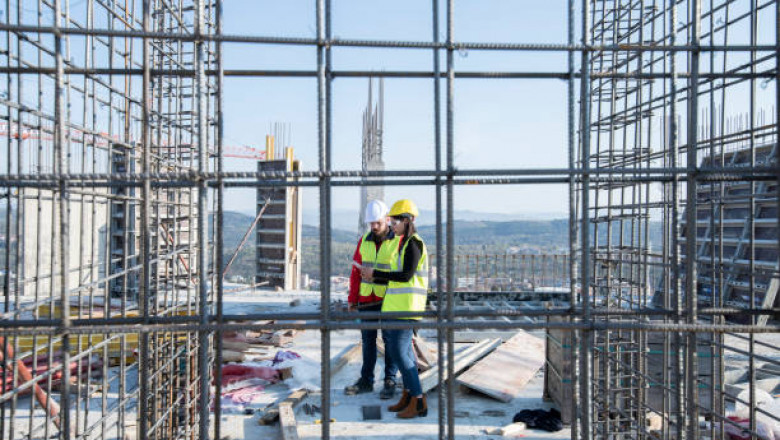views

People in metro cities have gradually acknowledged the importance of architects in the creation of smart and sustainable cities as part of the smart cities mission launched by the Indian government. People are turning to the design industry for solutions to challenges relating to basic urban planning, infrastructure, and sanitation as they become more aware of these issues.
The Modern Indian Architecture
After India gained independence from the British in 1947, modern Indian architecture emerged. Although there was a period after independence when there was little advancement in the field of architecture as well. It all started when world-renowned architect Le Corbusier designed the beautiful city of Chandigarh. Following that, Indian architects were influenced by his work and began to implement similar concepts. Modern Indian architecture was transformed in this way. Traditional Indian architecture, on the other hand, is not overlooked in current Indian architecture. In modern Indian architecture, there are still traces of traditional elements.
The Lotus temple in New Delhi is one of the outstanding instances of modern architecture with traditional roots. Fariborz Sahba, an architect, gave the ancient lotus sign a modern twist. The temple's tranquil and attractive appearance is due to the incorporation of modern elements.
The Changing Culture
With a growing population, there is a rising demand for housing spaces. In India, the increased demand has resulted in a plethora of architectural opportunities. Not only that, but this is one of the primary causes for the rapid increase in the number of foreign architectural firms in India. Now that cities lack fundamental infrastructure, the need to create and implement change is critical. In addition, many Indian architects who received their architectural education outside of the nation are returning to be a part of the country's transformation.
Globalization's influence can also be seen in the realm of architecture. With the arrival of numerous foreign architectural firms in India, came the concept of glass and designer-shaped buildings. For a long time, this pattern was widespread, but Indian architects soon decided to go native. Natural and alternative materials are increasingly being used nowadays. Indian construction signifies that the roots of Indian architecture have been incorporated into a modern vocabulary.
The sociological impact of architecture and the cultural imprint of a city is now well-known, as is an architect's societal obligation. More and more organizations of architects are recognizing their social responsibilities and taking proactive steps to preserve heritage sites. It doesn't end there. The architects are also promoting the great potential of India's artisans and assisting in their upliftment. Non-profit organizations, in addition to architects, are contributing. They are not only giving their perspectives on infrastructure-related issues, but they are also developing actual ways to address them.
To summarise, India's modern architecture has everything it requires to advance while preserving its cultural history. All it takes is a move in the right direction and some help from the outside world, such as the media. Public awareness raised through various forms of media can lead to increased financial and intellectual contributions. Such contributions will undoubtedly boost the profession to greater heights than previously thought.
CP Kukreja Architects is one of India's top modern green architectural companies, having been founded in 1969 with the goal of redefining modern Indian architecture. Their multidisciplinary approach is responsible for the construction of some of the world's most famous structures, as well as their commitment to executing exceptional designs through innovation and sustainability.












